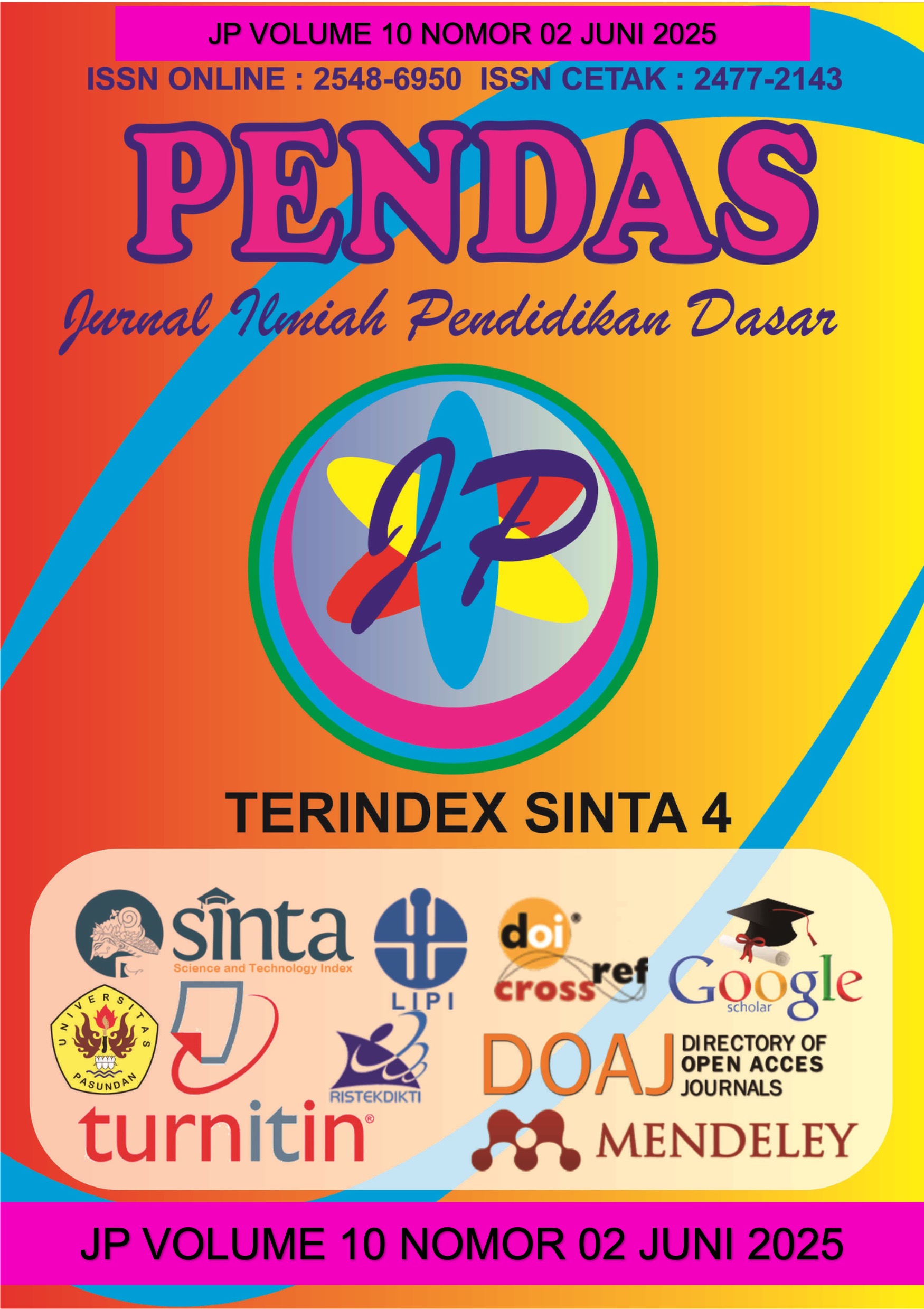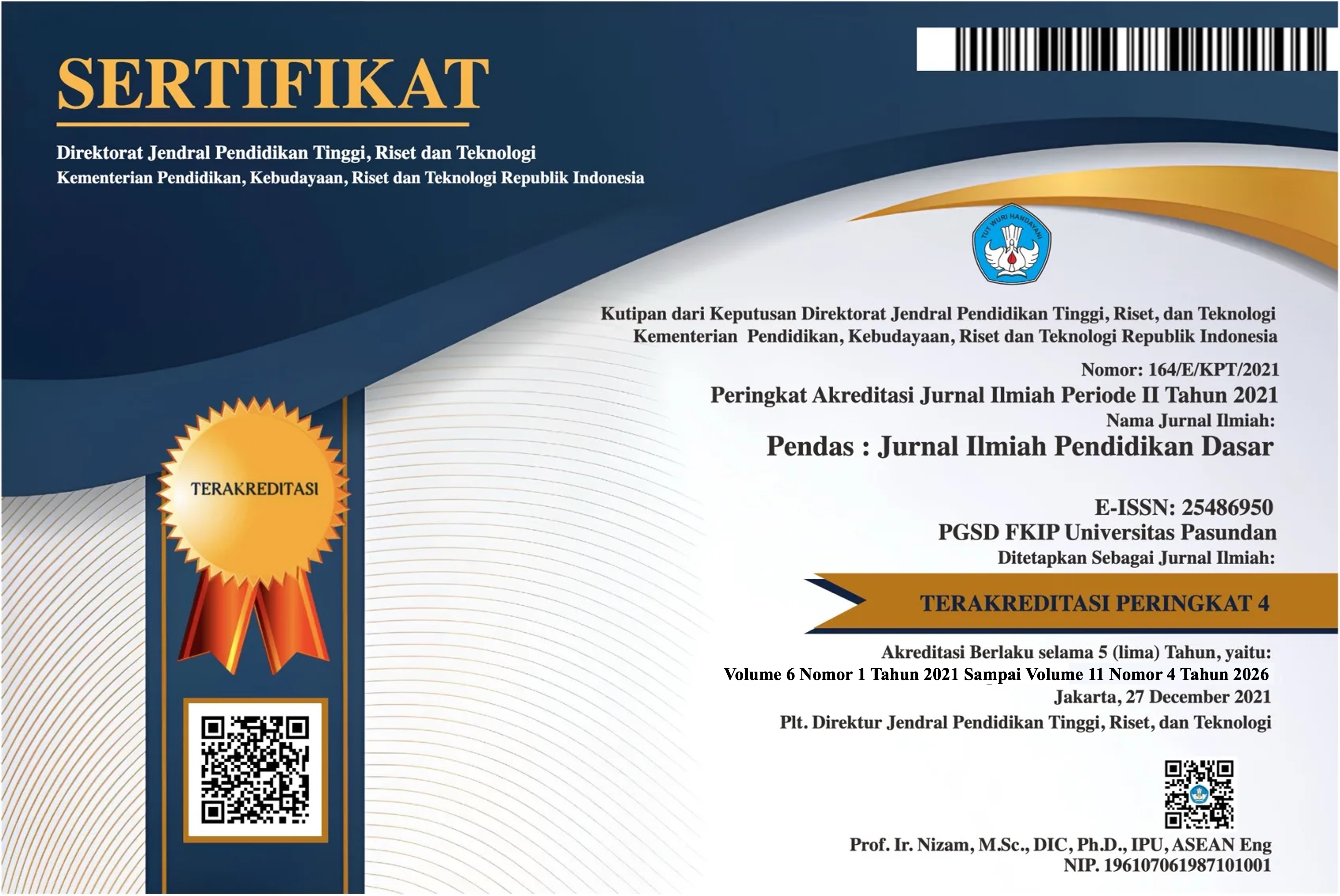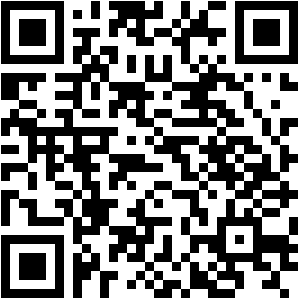PENERAPAN PEMBELAJARAN DIFERENSIASI UNTUK MENGOPTIMALKAN PERKEMBANGAN ANAK USIA DINI PAUD KUNCUP MELATI
DOI:
https://doi.org/10.23969/jp.v10i02.24072Keywords:
pembelajaran diferensiasi, anak usia dini, PAUD, perkembangan anak, Kurikulum MerdekaAbstract
This study aims to describe the implementation of differentiated instruction to optimize early childhood development at PAUD Kuncup Melati. Differentiated instruction is an approach that tailors content, process, and product based on children’s readiness, interests, and learning profiles. This research employs a qualitative approach with a case study method. Data were collected through participatory observation, structured interviews, and documentation. The findings indicate that the application of differentiated instruction at PAUD Kuncup Melati enhances children's engagement in learning and positively impacts their cognitive, socio- emotional, and motor development. Children were observed to be more active, confident, and able to learn according to their individual characteristics. Challenges include limited teacher competencies, inadequate facilities, and parental expectations that are not aligned with differentiated practices. Therefore, ongoing teacher training and effective communication between schools and parents are essential. This study recommends differentiated instruction as an inclusive and adaptive learning strategy to support the optimal development of early childhood learners.
Downloads
References
Anderson, K. M. (2007). Differentiating Instruction to Include All Students. Preventing School Failure, 51(3), 49–54.
Bredekamp, S., & Copple, C. (2009). Developmentally Appropriate Practice in Early Childhood Programs Serving Children from Birth through Age 8. Washington, DC: NAEYC.
Bogdan, R. C., & Biklen, S. K. (1992). Qualitative Research for Education: An Introduction to Theory and Methods. Boston: Allyn & Bacon.
Creswell, J. W. (2014). Research Design: Qualitative, Quantitative, and Mixed Methods Approaches (4th ed.). Thousand Oaks, CA: Sage Publications.
Erikson, E. H. (1963). Childhood and Society. New York: W. W. Norton & Company.
Hall, T. (2002). Differentiated Instruction. Wakefield, MA: National Center on Accessing the General Curriculum.
Heacox, D. (2012). Differentiating Instruction in the Regular Classroom: How to Reach and Teach All Learners. Minneapolis, MN: Free Spirit Publishing.
Piaget, J. (1932). The Moral Judgment of the Child. London: Routledge & Kegan Paul.
Moleong, L. J. (2017). Metodologi Penelitian Kualitatif. Bandung: Remaja Rosdakarya.
Nugroho, A. (2015). Karakteristik Anak Usia Dini dan Implikasinya terhadap Pembelajaran. Jurnal Pendidikan Anak Usia Dini, 9(1), 13–21.
Subban, P. (2006). Differentiated Instruction: A Research Basis. International Education Journal, 7(7), 935–947.
Tomlinson, C. A. (2001). How to Differentiate Instruction in Mixed-Ability Classrooms (2nd ed.). Alexandria, VA: ASCD.
Tomlinson, C. A., & Imbeau, M. B. (2010). Leading and Managing a Differentiated Classroom. Alexandria, VA: ASCD.
Vygotsky, L. S. (1978). Mind in Society: The Development of Higher Psychological Processes. Cambridge, MA: Harvard University Press.
Downloads
Published
Issue
Section
License
Copyright (c) 2025 Pendas : Jurnal Ilmiah Pendidikan Dasar

This work is licensed under a Creative Commons Attribution 4.0 International License.



















